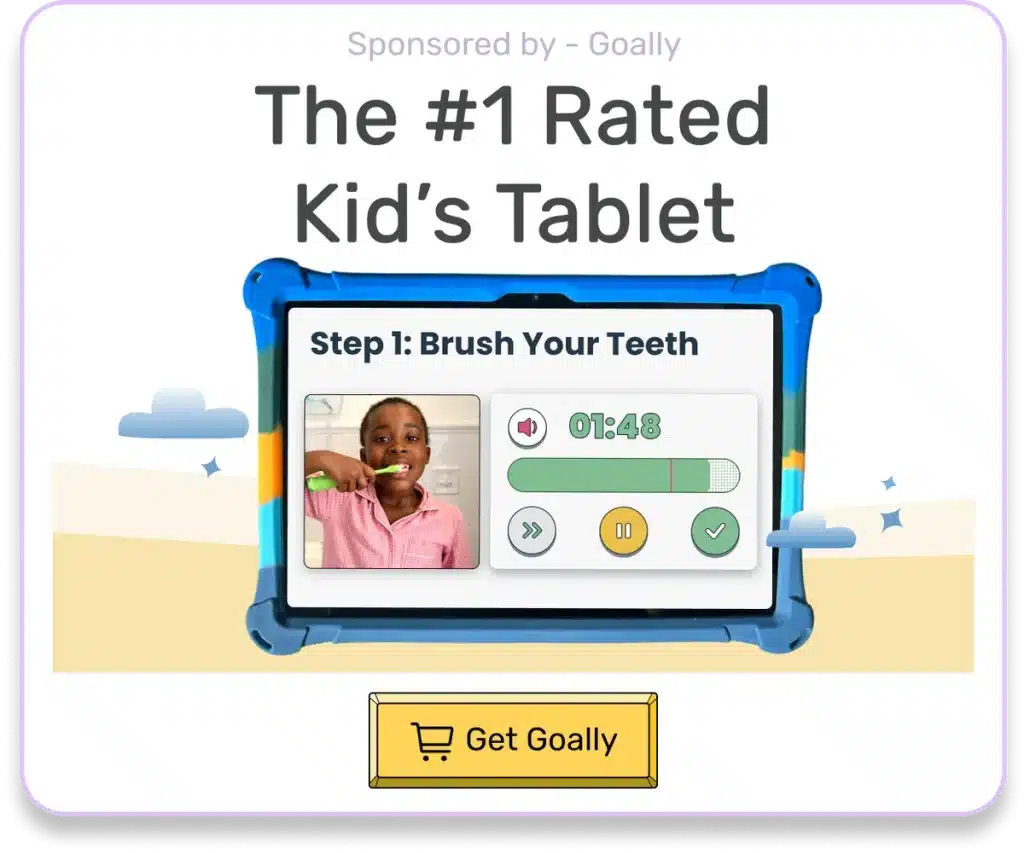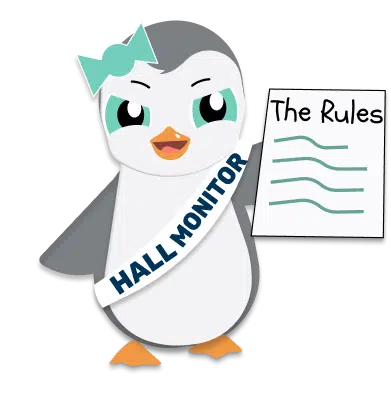As a parent, you are likely familiar with the challenges of managing your child’s behavior in different settings, including the classroom. One tool that has gained popularity in the present time is the behavior chart for classroom. In this blog, we will talk about what a behavior chart is, its benefits, and how it can help your child develop positive behaviors. Download your printable behavior charts below!
Table of Contents
Understanding the Behavior Chart for the Classroom
Let’s talk about behavior charts for classrooms. Now, this is a visual tool that aids kids in monitoring their own actions and growth. Imagine a chart with varied levels or sections – each marking a specific behavior or target that your child is meant to reach. As a parent, think of it as a milestone tracker. But instead of tracking growing teeth or first words, it keeps tabs on good behavior!
Children can earn points or stickers as rewards for exhibiting positive behaviors. Conversely, they face consequences for any negative behavior. Placed in a noticeable spot within the classroom, the behavior chart serves as a continuous reminder of expected conduct, promoting an atmosphere of positivity.
Key Components of a Behavior Chart
SPONSORED BY: Goally
Goally’s Kid’s Tablet has one of the largest libraries of skill-building videos (like “How to Share” and “What To Do When You’re Lost”) in the Goal Mine app.👇
- Specific Behavior Goals: Each level or section on the chart represents an expected behavior or goal.
- Reward System: Points or stickers are given as rewards for positive actions.
- Consequences: Negative behavior results in certain consequences, acting as a deterrent.
- Visibility: The chart is placed in a conspicuous location to serve as a constant reminder.
Read More: Free Printable Behavior Charts for School
Benefits of Behavior Chart for Classroom

Behavior charts can offer numerous benefits for both children and teachers. Here are some of the help:
- Encourages positive behavior: Behavior charts can motivate children to exhibit positive behaviors in the classroom. When students see their progress charted, they are more likely to continue to behave well and strive to earn rewards.
- Provides a sense of accomplishment: When children earn stickers or points for positive behaviors, it can give them a sense of accomplishment and pride. This can help build their self-esteem and confidence.
- Builds responsibility: Behavior charts teach children to take responsibility for their actions. As they work to earn points or stickers, they learn that their behavior has positive and negative consequences.
- Promotes communication: Behavior charts can encourage communication between teachers and students. Moreover, teachers can use the charts to praise positive behavior and discuss areas for improvement with their students.
How Can a Behavior Chart Help Your Child?
Behavior charts for classroom can help children develop positive behaviors in several ways. The following are some examples:
- Develops self-regulation: By tracking their own behavior and progress, children can learn to regulate their own behavior. They can see the benefits of positive behavior and strive to make better choices.
- Teaches goal-setting: Behavior charts can teach children to set and work towards achieving goals. They can learn to break down big goals into smaller, achievable steps.
- Improves focus: Behavior charts can help children stay focused on positive behavior. They can also stay motivated to continue making good choices by focusing on earning points or stickers.
Implementing a Behavior Chart for the Classroom
Thinking of bringing a behavior chart into your child’s classroom? Great idea! Here’s a quick rundown of steps to help you out:
A Step-by-Step Guide
- Chat with the teacher: Have a conversation with your child’s teacher about the behavior chart. This will give you a better grasp of how it operates and how it can be put to use in the classroom.
- Establish expectations: Get your child on board. Discuss the expected behaviors that will earn them points or stickers. Make sure they understand the system and what they’re working towards.
- Monitor the journey: The behavior chart is a perfect tool to track your child’s progress. Regularly review it with your child, celebrate their wins and use it as a platform to discuss areas that can be better.
- Stay flexible: If the chart isn’t working as expected, don’t be afraid to recalibrate. Talk to your child’s teacher and tweak the chart to better suit your child’s needs.

Goally | Apps That Build Behavior & Life Skills for Kids
Want to keep your child motivated while building essential behavior and life skills? Goally’s skill-building tablet is designed to celebrate small wins and help your child grow.
Our Behavior Tracker helps you reward your kiddo for specific skills, like “being kind” or “flushing the toilet.”
By setting clear expectations and rewarding their efforts, you foster a positive environment for your child to flourish in their behavioral skills journey.

In conclusion, behavior charts can be a helpful tool for parents and teachers to encourage positive behavior in the classroom. Children can develop self-regulation, goal-setting skills, and also focus by tracking progress and rewarding positive behavior. If you are considering using a behavior chart for your child’s classroom, communicate with their teacher, set clear expectations, track progress, and make adjustments as needed.
FAQs About Classroom Behavior Charts
What is a behavior chart for a classroom? A behavior chart for a classroom is a visual tool used to track a child's behavior and progress, using rewards for positive behavior and consequences for negative actions
How does a behavior chart work? A behavior chart works by assigning points or stickers for positive actions and setting consequences for negative behavior, thereby promoting desirable conduct among children. How can I implement a behavior chart in my child's classroom? You can implement a behavior chart by discussing it with your child's teacher, setting clear expectations with your child, tracking their progress, and making adjustments as needed.
What should I do if the behavior chart isn't working? If the behavior chart isn't working, consider adjusting its parameters or discussing changes with your child's teacher to better suit your child's needs. How does a behavior chart help in a child's development? A behavior chart promotes positive behavior, fosters self-discipline, and helps children track and understand their progress, aiding in their overall development.
This post was originally published on 03/13/2023. It was updated on 06/02/2023.

Goally
We help parents teach their kids life skills, like doing bedtime and morning independently. Backed by science, we incorporate evidence-based practices and expert-informed designs in all of our apps and content.






